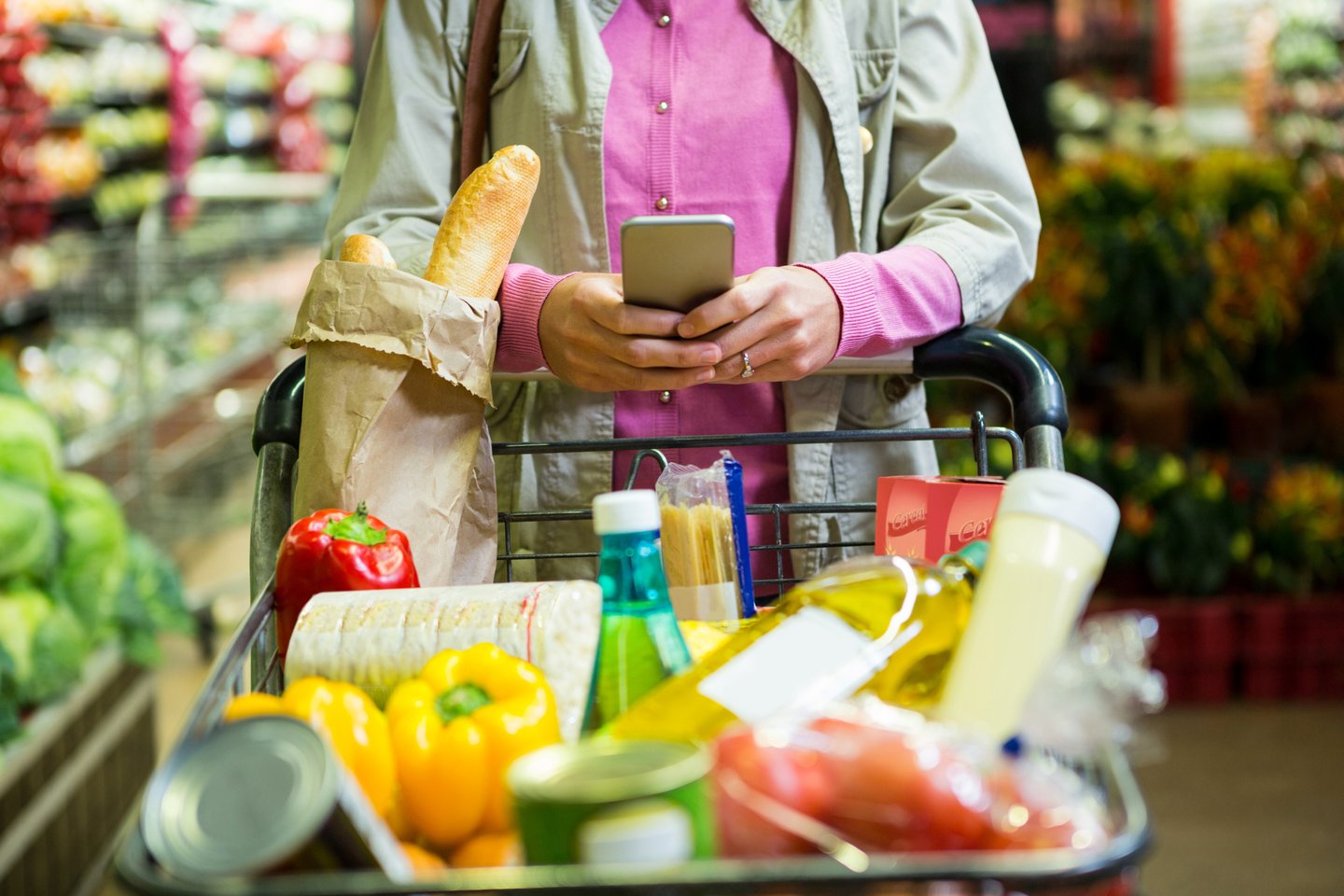How are Canadians’ shopping habits changing? (Survey)
As the world emerges from COVID-19, some pandemic shopping habits are here to say, while new consumer behaviours are emerging. That’s according to PwC’s Canadian Consumer Insights June 2022 pulse survey, which aims to decipher shoppers’ shifting habits.
Asked where they expect to increase their spend over the next six months, 53% said grocery—the highest rated category. While consumers are generally spending more in the category because of rising grocery prices (with 69% saying they’ve frequently or nearly always encountered rising grocery prices during their in-store shopping), increases in spend across categories signal a broader shift.
“We’re coming out of two years of rolling lockdowns, and with the economy opening up, a lot of consumers—both globally and in Canada—are anxious to get out,” says Myles Gooding, national consumer markets leader and global consumer markets advisory leader at PwC Canada. “It’s what we call a rubber-band effect. We’ve gone from zero to 100 very quickly in terms of everybody getting back to restaurants, stores and airports. Certainly, [businesses] are feeling the effect of the increase in demand that has come back.”
Other categories with expected increases in spend include eating in restaurants and bars (36%), takeaway food (28%), alcoholic beverages (22%) and travel (32%).
PwC’s report states consumers grew accustomed to e-commerce during the pandemic and still want to shop online. However, the growth in online shopping is plateauing after rising over the last two years. The percentage of consumers shopping online at least monthly on a personal computer dipped slightly over the past year, from 56% in PwC’s April 2021 to 51% this year.
“What we’re finding in the grocery sector—and this continues to evolve—is there has been a plateau in the online purchasing of grocery products,” says Gooding. “People do want to get back out and squeeze the avocados and [smell] the oranges, meaning buy their products by touch and feel again... However, some will continue to shop online, especially if there are product outages or price differences where customers are going to try to find a better deal.”
The survey also suggests there is strong interest in shopping at local retailers and buying local products. More than one third (34%) of survey respondents say the pandemic prompted them to shop more at local retailers, and only 4% anticipate that will imminently drop. In addition, many socially conscious Canadians also say they’ll pay a premium for products made or sourced locally (75%) or domestically (66%). They also feel strongly about these purchases serving a purpose: Canadians are more likely to say they’ll pay a premium for Canadian products to support their local economy (67% compared to 60% globally).
“Even with inflation, there’s still momentum for local foods,” says Gooding. “With certain demographics, there’s going to be a bit of a shift down [to cheaper products], but those who have always bought premium products will continue to do so.”
For grocery retailers, Gooding notes one opportunity on the local front is vertical farming. For example, Vision Greens, a Welland, Ont.-based vertical farm, has just raised $7 million from investors, with an aim to disrupt the lettuce import market.
“There’s an example where retailers have an opportunity to partner with vertical farmers and provide that local product consumers are looking for,” says Gooding.
The survey also looked at how Canadians are dealing with out-of-stocks, and Gooding says it’s a good-news story for grocers. The report notes Canadians are more likely than their global counterparts to take a “passive approach.” This includes waiting for products to be restocked (cited by 70% of Canadians versus 63% globally), or simply going without (also 70% versus 63%).
“Those who are loyal to their grocers, especially when there’s a loyalty program that keeps them coming back, it’s working. Although I wouldn’t rest on it,” says Gooding. “The reality is if you’re out of a product, the customer is probably going to start searching elsewhere.”
When asked how they’re responding to the unavailability of their preferred products and other similar challenges, 73% say they shop at multiple retailers at least occasionally to meet their needs.
On the topic of loyalty programs, the report states many consumers will share their private information with retailers if the value they get in return resonates with them and they feel a retailer can be trusted with their data.
Half of respondents say they’re open to sharing their information if it’s not disclosed to other companies or third-party providers. Nearly half (48%) express the same willingness where there’s a clear data-security policy. And around three in five (59%) say the protection of their personal information greatly influences their trust in a brand—more than any other factor.
“Loyalty programs are important and consumers are willing to give you their data as long as you’re using it in a responsible way,” says Gooding. “So, ensuring you’ve got privacy safeguards in place and ensuring you’re not giving their data to a third party is paramount. Trust is the new currency and it’s going to continue to play a big role when it comes to things like loyalty programs.”

